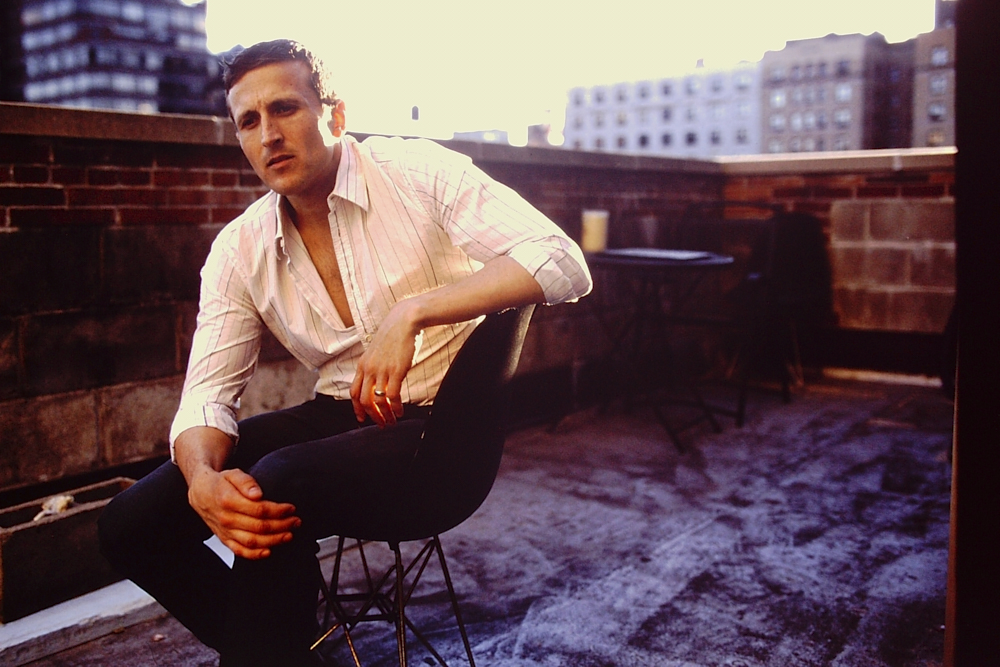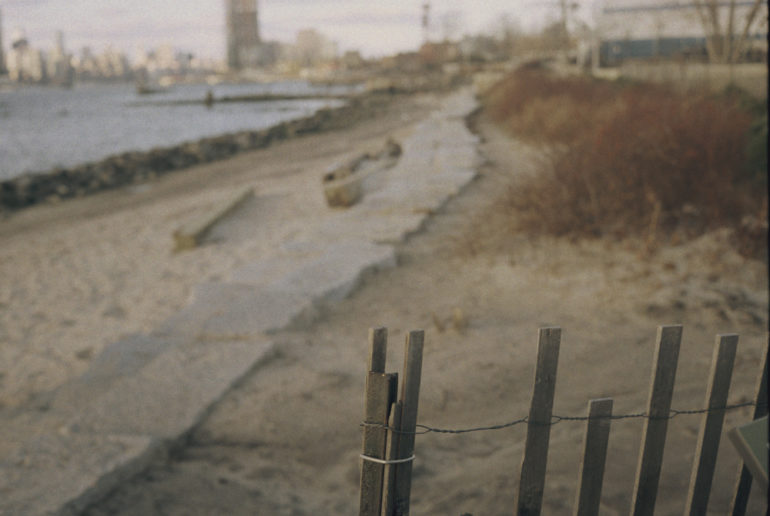Last Updated on 10/06/2017 by Chris Gampat
Yes, I know; if you’re an experienced photographer then this sounds pretty crazy. But this question was typed into our search bar a number of times and so I decided I’d take a stab at answering exactly what’s going on here. The question comes from the idea that digital cameras don’t need UV or other filters but instead only film cameras do. It’s something easily misunderstood by many people who are just starting out. In fact, digital cameras do indeed sometimes need filters, but by and large they are much more necessary with various film cameras.
UV Filters and Lenses
Perhaps the confusion for the question comes from using film SLR cameras, hence why it was typed into our search engine that way. So theoretically, if you used a Canon AE-1 with a 50mm f1.4 Canon FD lens vs a Sony a7 with a 55mm f1.8 lens, you won’t need a UV filter, right? Well, yes. That’s very true. But it doesn’t only have to do with the cameras being film or digital. Instead, it has more to do with the lenses. For example, on my Leica CL the 40mm f2 lens works pretty darn well on both digital and film. Both mediums deliver fantastic results. Without a UV filter, the Leica 40mm f2 lens is pretty sharp. But when you put the UV filter on, it’s even sharper. This goes for both digital and film and I didn’t realize it that much until this year. Part of the reason is that I’ve only recently started to work more with vintage optics. Sounds weird, right? Yes; because UV filters typically would cause a loss in quality but not in this case.
Conversely, when I put the Zeiss Milvus 35mm f1.4 lens, which came out this year, on a Canon Elan 7 the resulting images didn’t have any sort of issues with sharpness regardless of using film or digital. Why? Newer lenses made after 2011 generally don’t need UV filters. That’s the year third party manufacturers and other lens makers really started to up their game. Things really changed that year.
So to recap:
- Older camera + Newer lenses = no need for UV Filter
- Older camera + older lenses = need UV filter
- Digital camera + older lenses = need UV filter
- Digital camera + newer lenses = no need for UV filter
That’s the general rule; but it begins to get even more complicated.
Film
Certain films are designed in a way to get varying results depending on what lenses you’re using and if you’ve got UV filters on or not. For example, Lomography X-Pro 200 Slide film is really, really yellow without a UV filter. Put a UV filter on though and you’ll more or less neutralize it. You may even want to use more of a cooling filter if anything. Typically, UV filters remove blue casts from photos too.
Digital?
A digital camera that uses an older lens will most likely exhibit more issues and problems with the image quality than a newer lens partially because of how digital cameras work these days. Digital cameras have firmware built in that lets a camera recognize a lens and then therefore correct for distortion, fringing and other problems. In fact, it’s sometimes difficult to see the perfect and unfiltered results from a lens otherwise.
Other Filters
Finally, we’re going to touch briefly on other filters. Many photographers (especially landscape photographers and strobists) use certain filters to get different effects. Graduated ND filters, polarizers, and standard ND filters all do great jobs. Can this stuff be done in post? For the most part yes; digital these days is so good that you can get an HDR from a single photo with no real problems. But filters can still help to achieve certain looks, cut down on light, etc.





